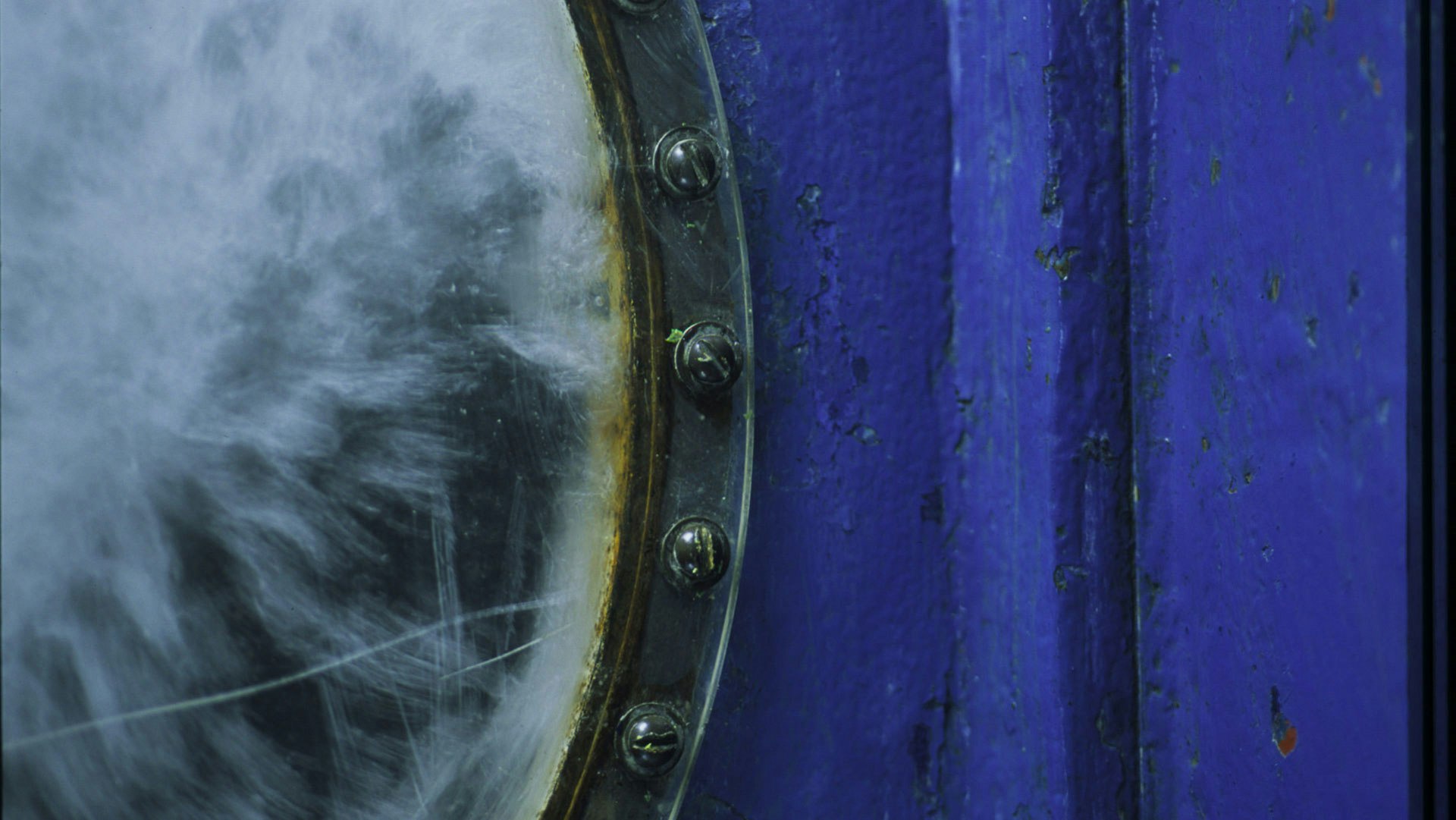I live in the centre of Scotland. My government is so aware of the low sunshine levels that it advises that everybody, from small children upwards, take a regular dose of VitaminD.
Sunshine is an unreliable heat source, and in Winter time, we can have day after day after day when we're lucky if we have six hours of reasonable daylight. It it's very overcast folks have lights on all day long.
That's our normal.
We have solar lights in the gardens around here, just now they're brilliantly lit up come nighttime, but by the end of this month, they won't be reliable. By the end of October they just don't work bar a faint glimmer.
Just not enough sunlight.
To use solar panels to charge up just enough battery power to use to charge batteries for emergency led lights, for phones and computers is one thing. To use that most unreliable energy to charge up the entirety of the hot water system in the house is unfeasible.
Not without a massive solar array and a massive, and extremely expensive, battery bank.
Now rainwater down the rones somehow charging a dynamo type thing.....that's potentially possible.
We get a lot of rain......until it freezes
I suspect that at the end of the day adaptability is going to be our greatest trait.
Sunshine is an unreliable heat source, and in Winter time, we can have day after day after day when we're lucky if we have six hours of reasonable daylight. It it's very overcast folks have lights on all day long.
That's our normal.
We have solar lights in the gardens around here, just now they're brilliantly lit up come nighttime, but by the end of this month, they won't be reliable. By the end of October they just don't work bar a faint glimmer.
Just not enough sunlight.
To use solar panels to charge up just enough battery power to use to charge batteries for emergency led lights, for phones and computers is one thing. To use that most unreliable energy to charge up the entirety of the hot water system in the house is unfeasible.
Not without a massive solar array and a massive, and extremely expensive, battery bank.
Now rainwater down the rones somehow charging a dynamo type thing.....that's potentially possible.
We get a lot of rain......until it freezes
I suspect that at the end of the day adaptability is going to be our greatest trait.

